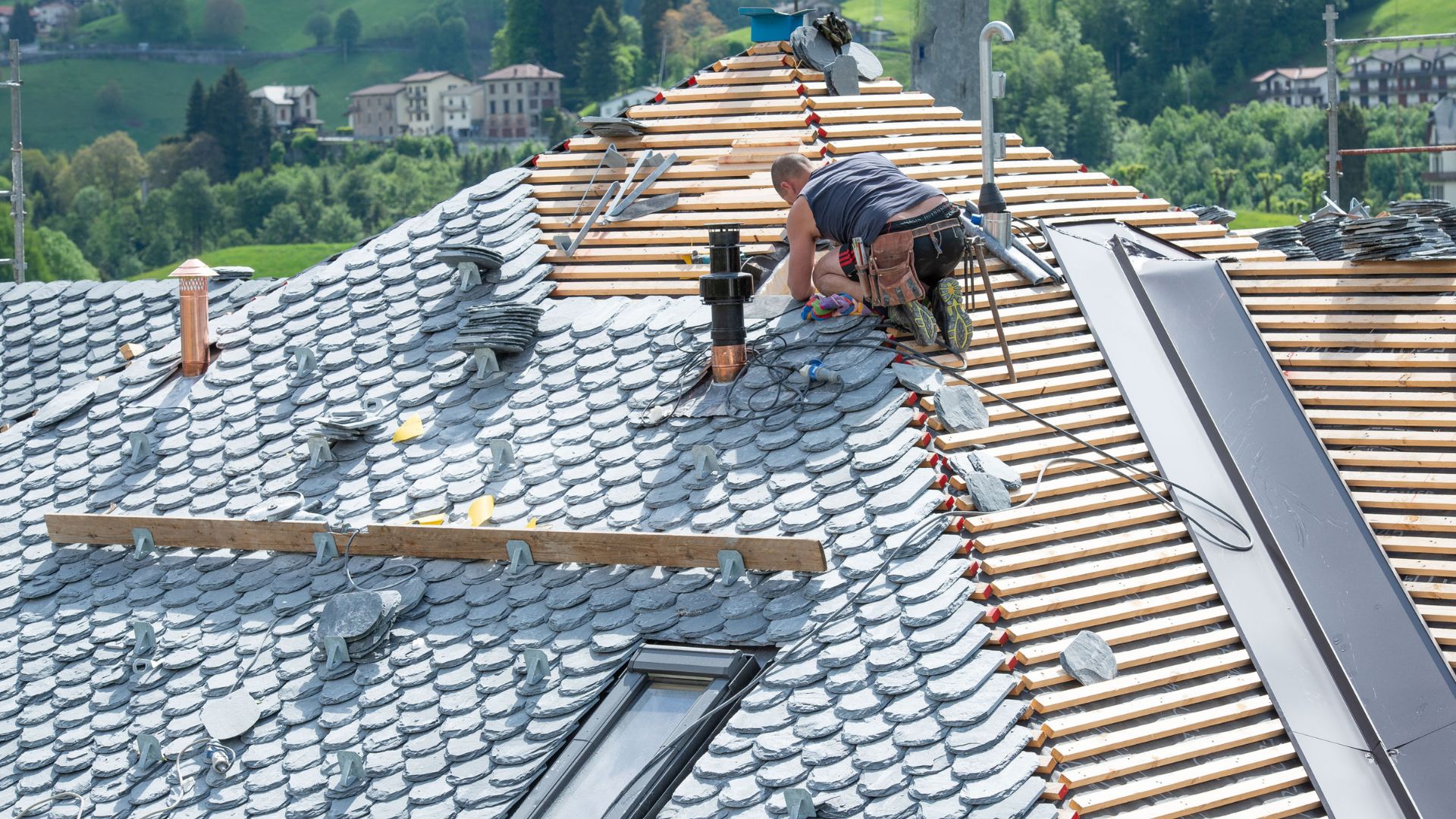Common Roofing Problems and How to Fix Them
Your roof is your home’s first line of defense against the elements, and over time, it can develop issues that require attention. Recognizing and addressing common roofing problems early can prevent more extensive and costly damage. Here are some of the most common roofing problems and how to fix them.
1. Leaks and Moisture
Causes: Leaks can occur due to broken shingles, cracked flashing, or poor installation. Moisture infiltration can lead to mold, mildew, and structural damage.
Fix: Identify the source of the leak by inspecting the roof and attic. Replace damaged shingles, re-seal or replace flashing, and ensure all roof penetrations are properly sealed. For extensive leaks, consult a professional roofer.
2. Missing or Damaged Shingles
Causes: High winds, hail, and severe weather can cause shingles to crack, curl, or go missing. Age and wear can also contribute to shingle damage.
Fix: Replace missing or damaged shingles promptly. Ensure new shingles are properly aligned and securely fastened. For widespread shingle damage, consider a roof replacement.
3. Roof Ventilation Issues
Causes: Poor ventilation can lead to heat and moisture buildup in the attic, causing shingle damage, mold growth, and increased energy costs.
Fix: Ensure your roof has a balance of intake and exhaust vents. Clear any blockages and consider adding more vents if needed. Proper attic insulation can also improve ventilation efficiency.
4. Ice Dams
Causes: Ice dams form when heat from the attic melts snow on the roof, which then refreezes at the eaves, preventing proper drainage and causing water to back up under shingles.
Fix: Improve attic insulation and ventilation to maintain a consistent roof temperature. Use a roof rake to remove snow buildup and install ice and water shields along the roof edges.
5. Flashing Failures
Causes: Flashing around chimneys, vents, and skylights can become loose or damaged over time, leading to leaks and water damage.
Fix: Inspect flashing regularly and re-seal or replace any damaged sections. Use a high-quality roofing sealant to ensure a watertight seal around roof penetrations.
6. Ponding Water
Causes: Flat or low-slope roofs can develop areas where water pools, leading to leaks and structural damage.
Fix: Ensure proper drainage by maintaining gutters and downspouts. Use a roof pump or broom to remove standing water. For persistent ponding issues, consult a professional to assess and improve roof slope and drainage systems.
7. Tree Damage
Causes: Overhanging branches can scrape and damage shingles, while falling branches can cause significant roof damage.
Fix: Trim trees and branches away from your roof. Regularly inspect and remove any debris from the roof surface. For severe damage caused by falling branches, contact a roofing professional.
8. Granule Loss
Causes: Asphalt shingles lose granules over time due to age, weather exposure, and physical damage. Excessive granule loss can reduce the effectiveness of shingles and lead to leaks.
Fix: Check gutters and downspouts for granule accumulation. If you notice significant granule loss, consider replacing affected shingles or the entire roof if the problem is widespread.
9. Roof Sagging
Causes: Roof sagging can be caused by structural issues, water damage, or excessive weight from snow and ice.
Fix: Address sagging immediately by consulting a professional roofer or structural engineer. Reinforce or replace damaged rafters and support structures to restore roof integrity.
10. Moss and Algae Growth
Causes: Moss and algae thrive in moist, shaded environments and can retain moisture, leading to shingle damage and roof decay.
Fix: Clean the roof using a gentle solution of water and mild detergent. Install zinc or copper strips along the roof ridge to prevent future growth. Ensure proper sunlight exposure and ventilation to keep the roof dry.
Conclusion
Regular roof inspections and maintenance are key to preventing and addressing common roofing problems. By recognizing the signs of damage and taking prompt action, you can extend the lifespan of your roof and protect your home from the elements. For complex issues or extensive damage, always seek the assistance of a professional roofing contractor to ensure effective and safe repairs. Contact us now.


